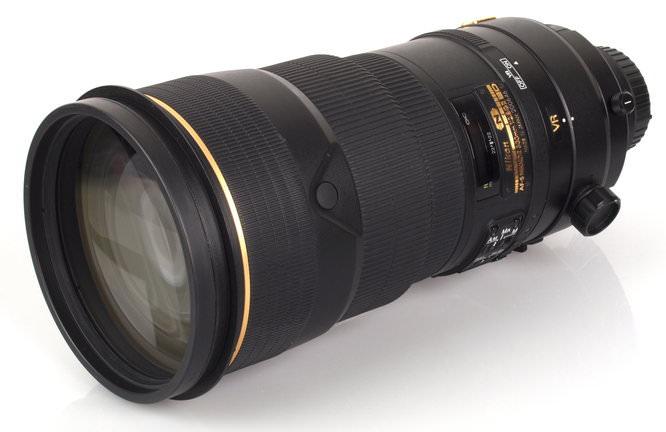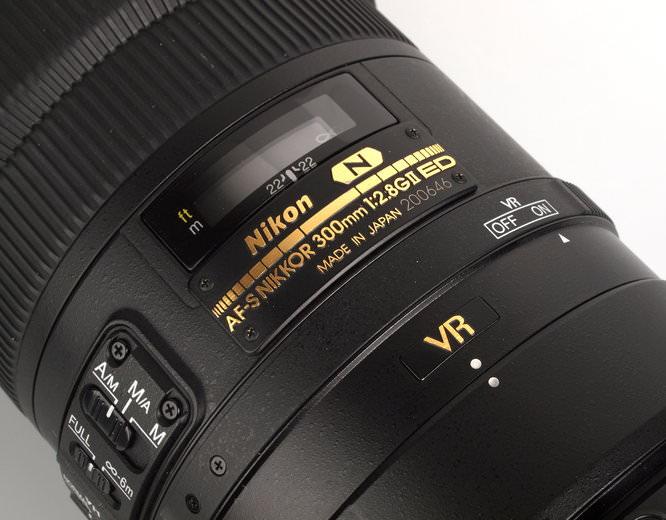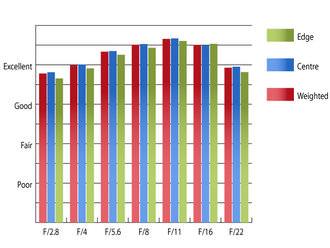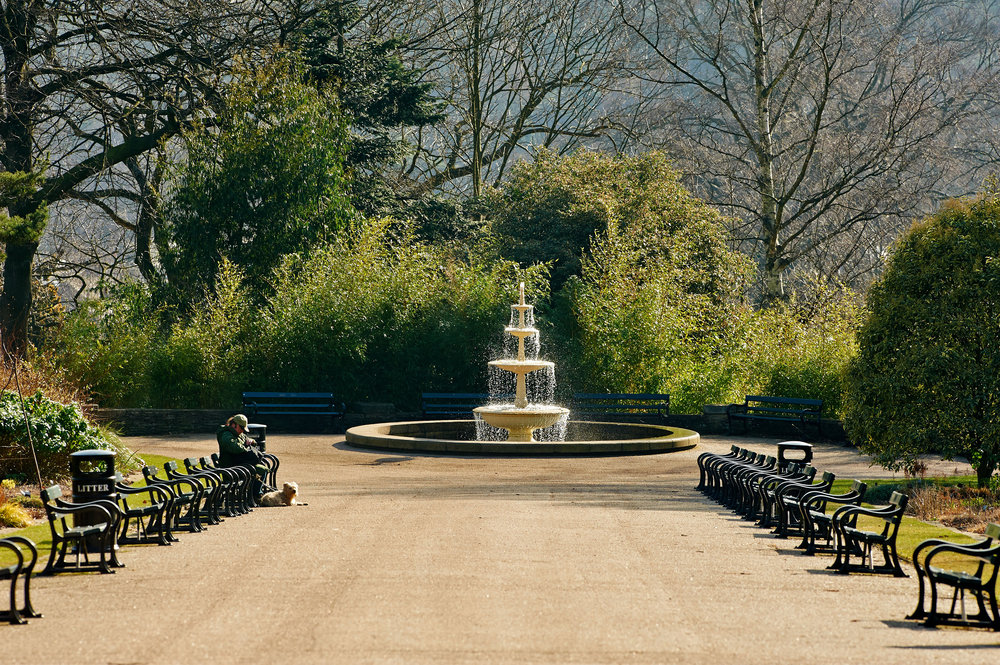Handling and features
Performance
Verdict
Specification

Nikon's latest flagship 300mm f/2.8 lens isn't a lens for everyone. The price of around £4000 means only the rich, or those who need the very best performance will be able to justify the cost. As you might expect from a super-telephoto lens intended for daily professional use, it sports weather sealing and Nikon's Vibration Reduction II technology, which promises sharp hand-held images at shutter speeds up to four stops slower than would be possible without. Nikon's Nano-Crystal coatings have also been applied to lens surfaces to help suppress flare and ghosting.

Nikon AF-S Nikkor 300mm f/2.8G ED VRII Handling and features
The weight of 2.9 kilogrammes alone makes this lens impractical as something you'd carry around on a daily basis, unless you needed to. The huge weight of this lens is partly due to the amount of glass inside, as well as the tank-like build quality. The lens is sealed against ingress of dust and moisture and comes equipped with a permanently attached tripod collar, which has a contoured plate which doubles as a handy carry handle. Loops for a heavy duty strap are also provided on the collar, which will allow the lens to be slung over one shoulder, ready for when it's needed. Despite the weight of the lens, it makes a very hand-holdable combination with the Nikon D700 body used for testing, although the use of a battery grip does help to balance the combination.
Auto focus is powered by a silent wave motor, and autofocus speeds are extremely fast. Manual adjustments can be applied at any time via the wide rubberised focusing ring, which only takes a light touch to operate, but is smooth to operate, making applying fine adjustments a pleasure. Four focus lock buttons are provided just beyond the focusing ring.

Closest focus distance is 2.3m, and focusing is performed internally. The front element is too large to accept filters and there is no thread to attach them with. Nikon 52mm filters can be used via an internal filter carrier.
The Vibration Reduction II system this lens is equipped with promises sharp hand held shooting at shutter speeds up to four times slower than would be possible without the technology. So long as the system is given time to kick in properly, (which can take up to a second) and images are shot with care, hand-held shots at 1/20sec are possible around three quarters of the time, which is around four stops slower than the usual rule of thumb would normally recommend. The system works well with Nikon's teleconverters also allowing sharp hand-held images at 1/25sec with a the 1.4x TC-14E II and 1/30 sec with the 1.7x TC-17E II.

Nikon AF-S Nikkor 300mm f/2.8G ED VRII Performance
During testing, this lens produced remarkably consistent sharpness across the frame. At f/2.8 sharpness is very good across the frame and stopping down to between f/8 and f/11 results in outstanding clarity across the frame.
 |
How to read our chartsThe blue column represents readings from the centre of the picture frame at the various apertures and the green is from the edges. Averaging them out gives the red weighted column.The scale on the left side is an indication of actual image resolution. The taller the column, the better the lens performance. Simple. For this review, the lens was tested on a Nikon D700 using Imatest. |
| Resolution at 300mm |
Levels of chromatic aberrations are extremely well controlled for a super-telephoto lens, only just exceeding 0.5 pixel widths towards the edges of the frame. This low level of fringing should be difficult to spot, even in very large prints, and harsh crops from the edges of the frame.
 |
How to read our chartsChromatic aberration is the lens' inability to focus on the sensor or film all colours of visible light at the same point. Severe chromatic aberration gives a noticeable fringing or a halo effect around sharp edges within the picture. It can be cured in software.Apochromatic lenses have special lens elements (aspheric, extra-low dispersion etc) to minimize the problem, hence they usually cost more. For this review, the lens was tested on a Nikon D700 using Imatest. |
| Chromatic aberration at 300mm |
Falloff of illumination towards the corners is very well controlled for a lens of this type. At f/2.8 the corners are 1.42 stops darker than the image centre and visually uniform illumination is achieved with the aperture stopped down to f/5.6.
Distortion is also extremely well controlled with Imatest only being able to detect 0.879% pincushion distortion. This low level will be difficult to spot in normal photographs, but if you require absolutely straight lines, you'll be glad to find that the distortion pattern is uniform across the frame. This should make applying any corrections in image editing software fairly straightforward.
Thanks to Nikon's Nano-crystal coating, this lens is highly resistant to flare and contrast holds up incredibly well, even when shooting into the light at maximum aperture. A tube-like circular hood with a carbon-fibre effect finish comes supplied with the lens, which does a superb job of shading the lens from extraneous light that may cause issues.
Nikon AF-S Nikkor 300mm f/2.8G ED VR II Sample Photos
Value for Money
I don't think anyone can deny, this is a very expensive piece of glass. With a price of around £4000, this lens probably costs more than many professional photographer's cars. Even so, given the performance and build quality of this lens, it may well be worth the expense for those who rely on photography for a living.
Cheaper alternatives include Nikon's AF-S 300mm f/4 ED-IF lens, which costs around £1000, but lacks vibration reduction and has a slower maximum aperture.
Sigma currently offer two viable alternatives to this lens. Their 300mm f/2.8 EX DG HSM can be picked up for around £2200. However, this lens lacks the weather sealed build and vibration reduction technology found on the Nikon lens. Another interesting alternative can be found in Sigma's 120-300mm f/2.8 EX DG OS HSM lens. Not only is this lens considerably cheaper at around £1500, but it offers the convenience of a zoom with a fast f/2.8 maximum aperture and optical stabilisation.
Nikon AF-S Nikkor 300mm f/2.8G ED VRII Verdict
Expensive as this lens may be, there is no denying it delivers absolutely superb performance in terms of sharpness. Focusing is lightning quick and it is built more than well enough to take on the rigours of daily professional use. As the price will put this lens out of reach of many, it may be one to hire for special occasions when this level of performance is truly needed.
Nikon AF-S Nikkor 300mm f/2.8G ED VRII Review: The Nikon AF-S Nikkor 300mm f/2.8G lens has excellent optical quality and super fast focusing.







